Optimal Timing for Fire Escape Installations
Determining the best time for fire escape installations involves considering weather conditions, building occupancy, and project planning schedules. Typically, installation is most effective during periods of mild weather to ensure safety and efficiency.
Installing fire escapes during dry and mild weather minimizes delays and safety risks associated with rain, snow, or extreme temperatures.
Scheduling installations during low occupancy periods reduces disruption and allows for safer, more efficient work processes.
Early planning ensures sufficient time for permits, inspections, and coordination, making the installation process smoother.
Aligning with scheduled maintenance periods can facilitate easier access and resource allocation.
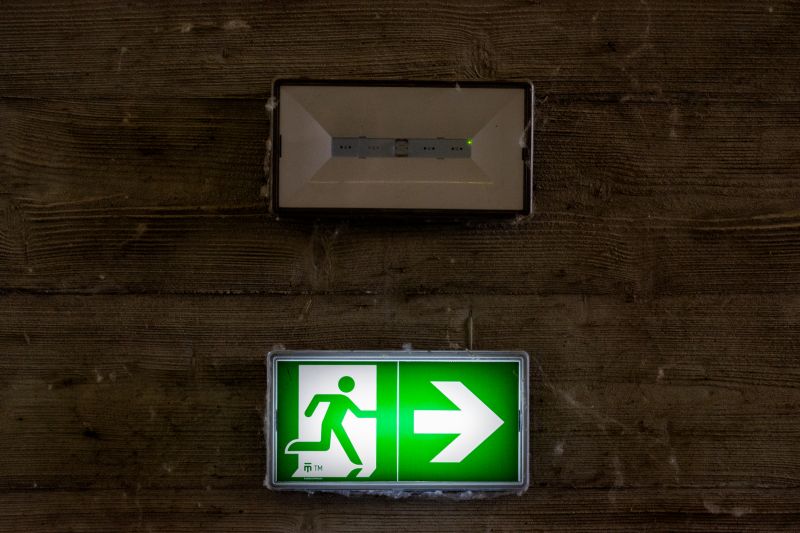
Spring offers mild weather and longer daylight hours, ideal for safe installation.
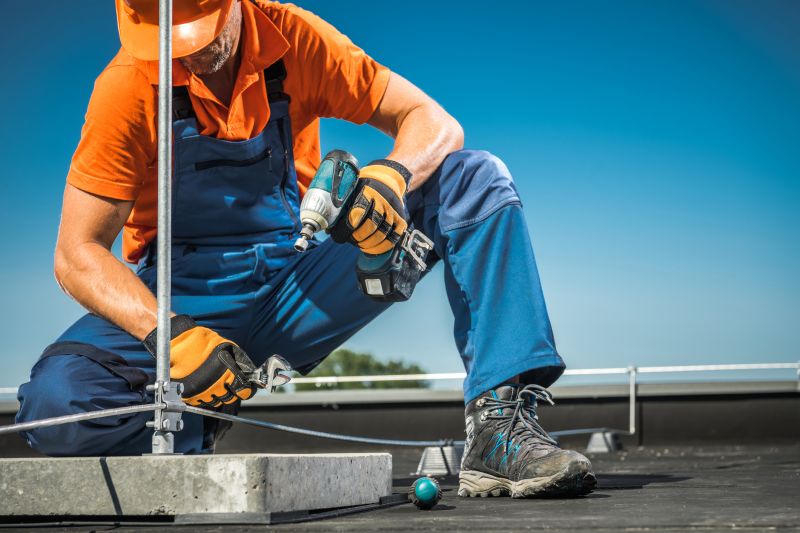
Summer provides warm, dry conditions, reducing weather-related delays.

Autumn allows installations before winter weather sets in, ensuring readiness.
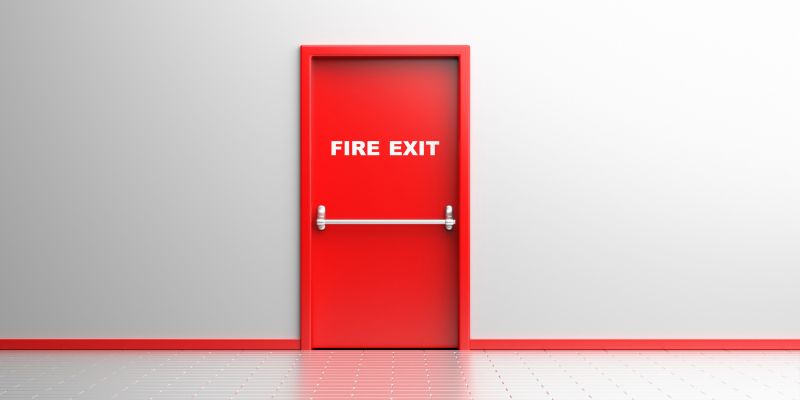
Ways to make Fire Escape Installations work in tight or awkward layouts.
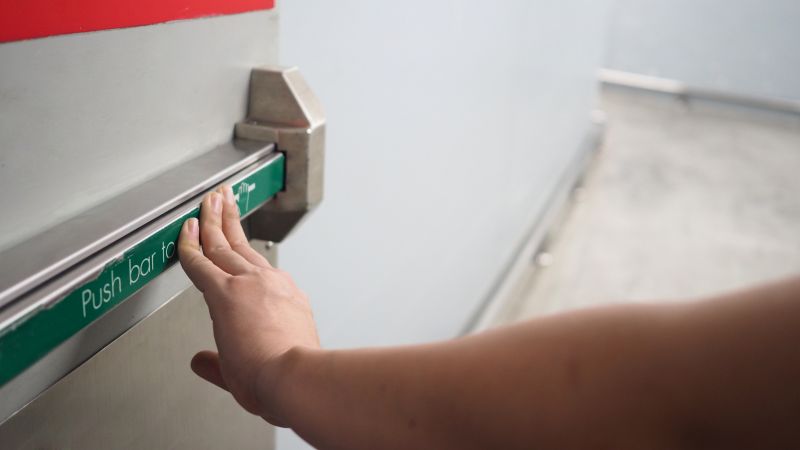
Popular materials for Fire Escape Installations and why they hold up over time.
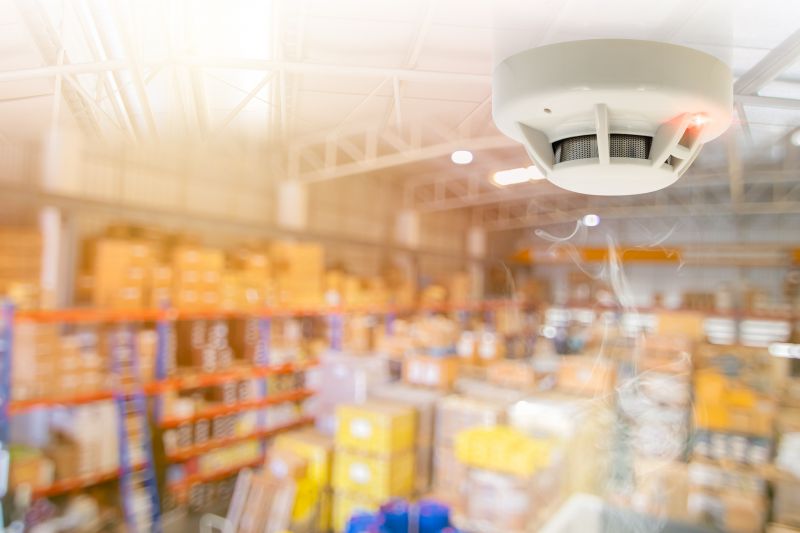
Simple add-ons that improve Fire Escape Installations without blowing the budget.

High-end options that actually feel worth it for Fire Escape Installations.
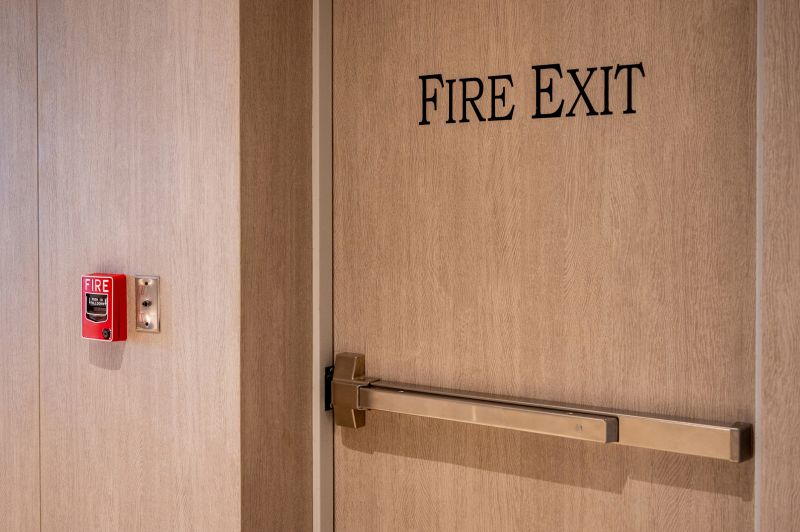
Finishes and colors that play nicely with Fire Escape Installations.
Fire escape installations are critical components of building safety, providing essential egress routes during emergencies. Properly installed fire escapes must adhere to local safety codes and standards, ensuring reliable performance when needed. The installation process involves structural assessments, securing materials, and compliance checks. Statistics indicate that buildings with properly maintained fire escapes significantly improve occupant safety during fire emergencies. Regular inspections and timely upgrades are vital to maintain their effectiveness and safety standards.
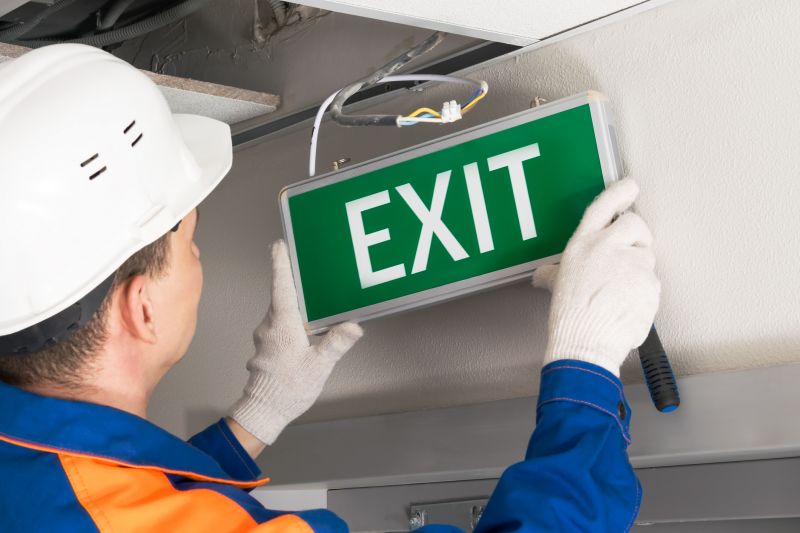
Ensures quick evacuation during emergencies.
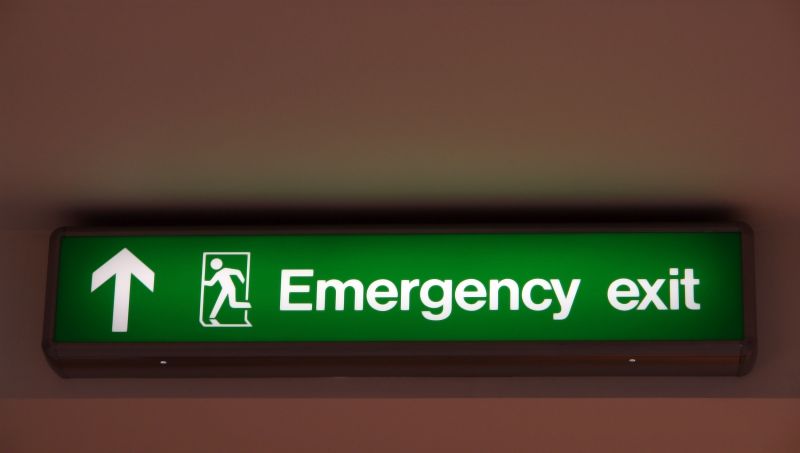
Provides safe exit routes for residents.

Designed for quick deployment and reliability.

Ensures safe egress from multi-story structures.
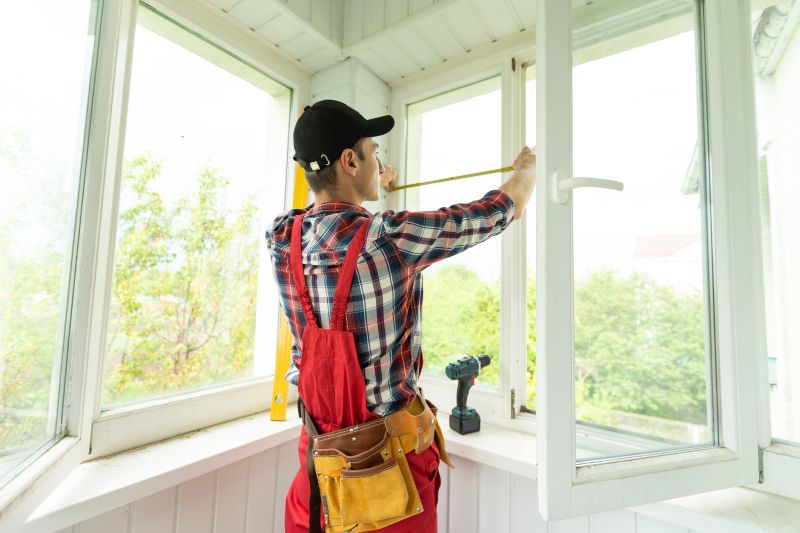
Little measurements that prevent headaches on Fire Escape Installations day.

A 60-second routine that keeps Fire Escape Installations looking new.
| Aspect | Details |
|---|---|
| Best Seasons | Spring, Summer, Autumn |
| Weather Considerations | Dry, mild conditions preferred |
| Occupancy Levels | Schedule during low occupancy |
| Regulatory Deadlines | Complete before safety inspections |
| Preparation Time | Allow sufficient planning and permits |
| Material Availability | Order in advance to prevent delays |
| Inspection Windows | Coordinate with local authorities |
| Maintenance Scheduling | Plan during regular maintenance |
Choosing the appropriate time for fire escape installation ensures safety, compliance, and efficiency. Proper planning and scheduling can prevent delays caused by weather or logistical issues, resulting in a successful project completion. It is recommended to consult with safety professionals and local authorities to determine the optimal timing based on specific building requirements and regional conditions. Early scheduling and preparation contribute to a smoother installation process and long-term safety assurance.
Individuals interested in fire escape installations are encouraged to contact for further guidance and scheduling. Properly timed and professionally executed installations enhance building safety and provide peace of mind for occupants and property owners.



